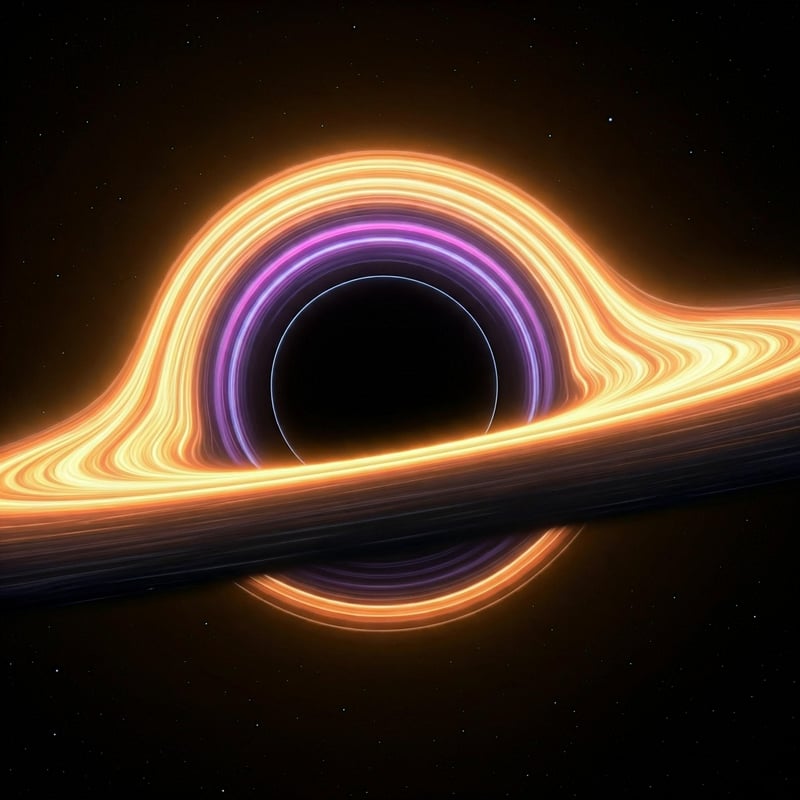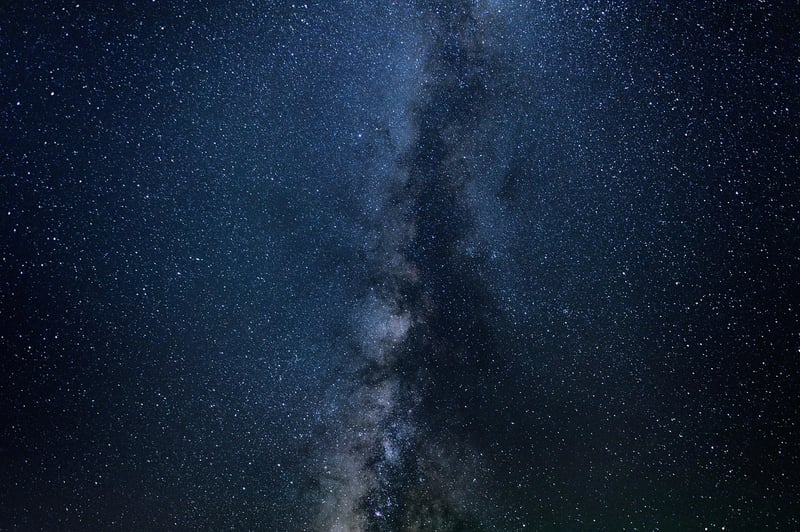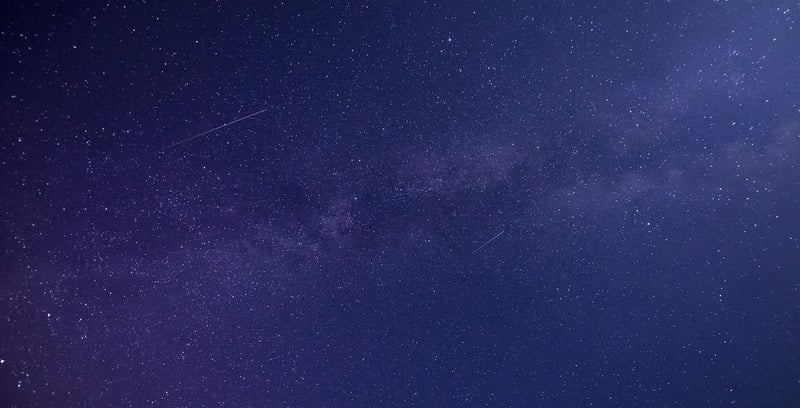Black Hole Phenomena
Unraveling the Universe: Exploring Black Hole Phenomena
When we gaze up at the night sky, we are met with a vast expanse of stars, planets, and mysteries waiting to be uncovered. Among these enigmatic entities are black holes, fascinating cosmic phenomena that challenge our understanding of space and time.
What are Black Holes?
Black holes are regions in space where gravity is so strong that nothing, not even light, can escape. They form when massive stars collapse under their gravity, creating a singularity with infinite density and curvature.

The Event Horizon
Black holes are characterized by the event horizon, the point of no return beyond which nothing can escape the gravitational pull. Anything that crosses the event horizon is destined to be consumed by the black hole.
Spaghettification and Time Dilation
As objects approach a black hole, they experience extreme tidal forces that stretch them into long, thin shapes in a process known as spaghettification. Time also slows down near a black hole due to gravitational time dilation, leading to strange effects on perception.

Black Holes and the Fabric of Spacetime
Einstein's theory of general relativity describes gravity as the curvature of spacetime caused by mass and energy. Black holes warp the fabric of spacetime profoundly, creating a gravitational well from which even light cannot escape.
Exploring the Unknown
Scientists continue to study black holes to unlock their secrets and understand their role in shaping the universe. From supermassive black holes at the centers of galaxies to stellar black holes formed from collapsing stars, each discovery brings us closer to unraveling the mysteries of the cosmos.

Join us on this cosmic journey as we delve into the depths of black holes and explore the wonders of the universe.
